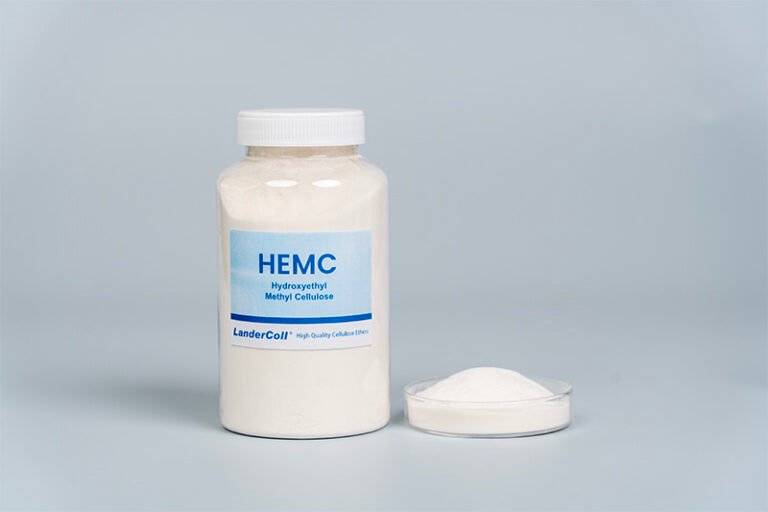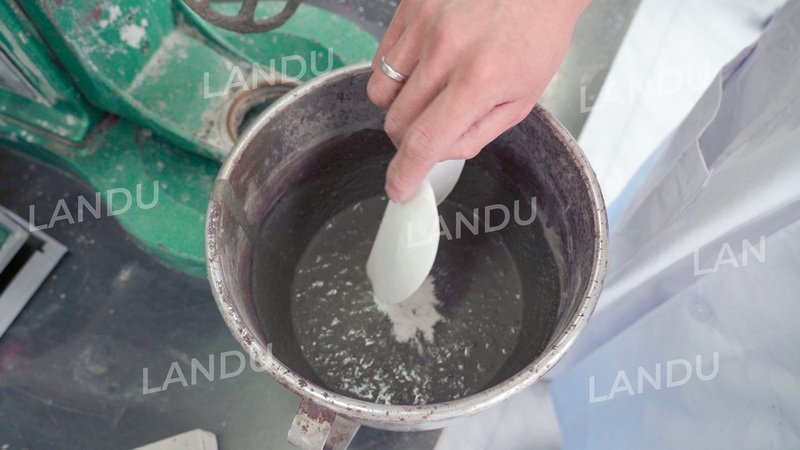
In an industry where every mix matters, construction professionals constantly battle invisible foes that can undermine the integrity of their work. Foam—those pesky bubbles that form during mixing or application—might seem minor, but they can lead to weakened structures, uneven finishes, and costly delays. This is where defoamers, specialized chemical allies, come into play. Often overlooked yet essential, these additives are transforming building-grade materials, from concrete slurries to protective coatings. As global construction spending surges toward $15 trillion by 2030, understanding defoamers’ applications and benefits isn’t just useful—it’s a game-changer for efficiency and quality.
Defoamers, also known as antifoam agents or bubble suppressants, are chemical compounds engineered to control foam in liquid systems. At their essence, they disrupt the surface tension that allows bubbles to persist, either by preventing foam formation or by collapsing existing bubbles. Picture a vigorous mixing process: surfactants or air entrainment can create stable foam pockets, trapping air and reducing material density. Defoamers counteract this by spreading across the foam’s surface, destabilizing it much like a pin pricking a balloon.
These agents come in various types to suit building needs. Silicone-based defoamers, for instance, offer rapid action and heat resistance, making them ideal for high-temperature processes like cement curing. Oil-based variants provide cost-effective solutions for waterborne paints, while EO/PO (ethylene oxide/propylene oxide) polyethers excel in eco-friendly applications, avoiding silicones where contamination is a concern. In recent years, innovations like branched alkyl polyethers have emerged, particularly for concrete, offering superior defoaming without compromising flowability—as highlighted in studies from materials science journals.
Unlike general industrial defoamers used in food processing or wastewater treatment, building-grade versions are formulated for durability in harsh environments. They must withstand alkaline conditions in cement or the shear forces in mortar mixing, ensuring they remain effective throughout production and application.
The versatility of defoamers shines in building-grade contexts, addressing foam-related challenges across a spectrum of materials. In mortar and concrete production, excessive bubbles can lead to porous structures that crack under load. Here, defoamers enhance flowability and compressive strength; for example, in geopolymer mortars—a sustainable alternative to traditional cement—adding the right defoamer (like those tested with varying alkali moduli) can boost uniaxial strength by optimizing pore distribution. Research shows that an alkali equivalent of 13%, combined with 8% silica fume, yields peak performance when paired with high-efficiency agents.
Gypsum-based products, such as plasterboards and waterproofing plasters, also benefit immensely. Foam generation during gypsum slurry preparation can cause defects like uneven drying or reduced density. Specialized defoamers control this, improving finish quality and durability—vital for drywall that must resist moisture in modern buildings. Similarly, in paints and architectural coatings, these additives prevent bubbling during brushing or spraying, ensuring a flawless, defect-free surface. This is particularly relevant as urban expansion drives demand for high-performance coatings, with market reports projecting a 5.2% annual growth in related materials.
Other applications include adhesives for tiles and sealants, where defoamers promote uniform spreading and stronger bonds. In vapor membrane systems or self-leveling compounds, they minimize air pockets, enhancing overall system reliability. Whether in precast concrete elements or on-site mixing, these agents adapt to diverse scenarios, making them indispensable for both small-scale renovations and large infrastructure projects.
Why integrate defoamers into your building workflow? The advantages are multifaceted, blending practicality with long-term gains. First, they enhance material performance: by eliminating foam, they increase density and reduce voids, leading to structures that are more resilient to environmental stresses like freeze-thaw cycles or seismic activity. This translates to greater durability—concrete with optimized defoamers can exhibit improved resistance to cracking, extending the lifespan of buildings.
Efficiency is another major win. Defoamers streamline production by reducing mixing times and minimizing waste from over-foamed batches. In gypsum applications, for instance, they cut energy costs by allowing faster drying without quality loss. Cost savings follow suit; fewer defects mean less rework, and tailored solutions (like powder forms for dry mixes) integrate seamlessly without adding complexity.
From an environmental standpoint, modern defoamers align with sustainable building trends. Many are low-VOC (volatile organic compound) and biodegradable, supporting green certifications like LEED. They also contribute to resource conservation by optimizing material use—essential as the industry shifts toward eco-friendly geopolymers and recycled aggregates.
Finally, safety and usability improve: smoother mixes reduce splashing hazards on job sites, while consistent application in paints lowers the risk of aesthetic failures that could lead to client dissatisfaction.


Selecting an appropriate defoamer involves evaluating your specific material, process, and goals. Consider factors like pH levels, temperature, and compatibility—silicone types suit alkaline environments, while polyether options work well in sensitive formulations. Start with lab tests or supplier trials; many providers offer customized blends, backed by technical support.
Implementation is straightforward: add them during the mixing phase at recommended dosages (typically 0.1-1% by weight). Monitor for over-defoaming, which could introduce new issues like reduced lubrication. With proper use, you’ll see immediate improvements in workability and final product quality.
As construction evolves with smart materials and automation, defoamers will continue to innovate. Emerging trends include bio-based agents for ultra-sustainable projects and AI-optimized formulations that predict foam behavior. In a world demanding resilient, efficient infrastructure, these unassuming additives are proving their worth, one bubble at a time.
In essence, defoamers aren’t just foam fighters—they’re enablers of excellence in building-grade materials. By harnessing their power, professionals can build stronger, smarter, and more sustainably. Ready to foam-proof your next project? Exploring these solutions could be the edge you need.


LANDU is on standby here to help you find the right solution for your needs. Whether you need free consultation, technical guidance, product samples, or logistical support, our team is ready to assist!

Torres brings over 10 years of experience in the chemical and cellulose ether industry, specializing in HPMC applications across the construction, pharmaceuticals, personal care, and food sectors. With a deep understanding of market needs and regulatory standards, he is dedicated to helping customers in Europe find the right HPMC solutions for their unique requirements.

Cynthia combines technical precision with a problem-solving mindset, helping clients resolve challenges and optimize HPMC for their specific needs. She is responsible for quality control, performance testing, and failure analysis of HPMC across multiple industries. Whether you’re testing a new formulation or diagnosing inconsistencies, Cynthia provides data-driven insights for reliable results.

Our team ensures high standard!and flexible solutions for various
customer needs.